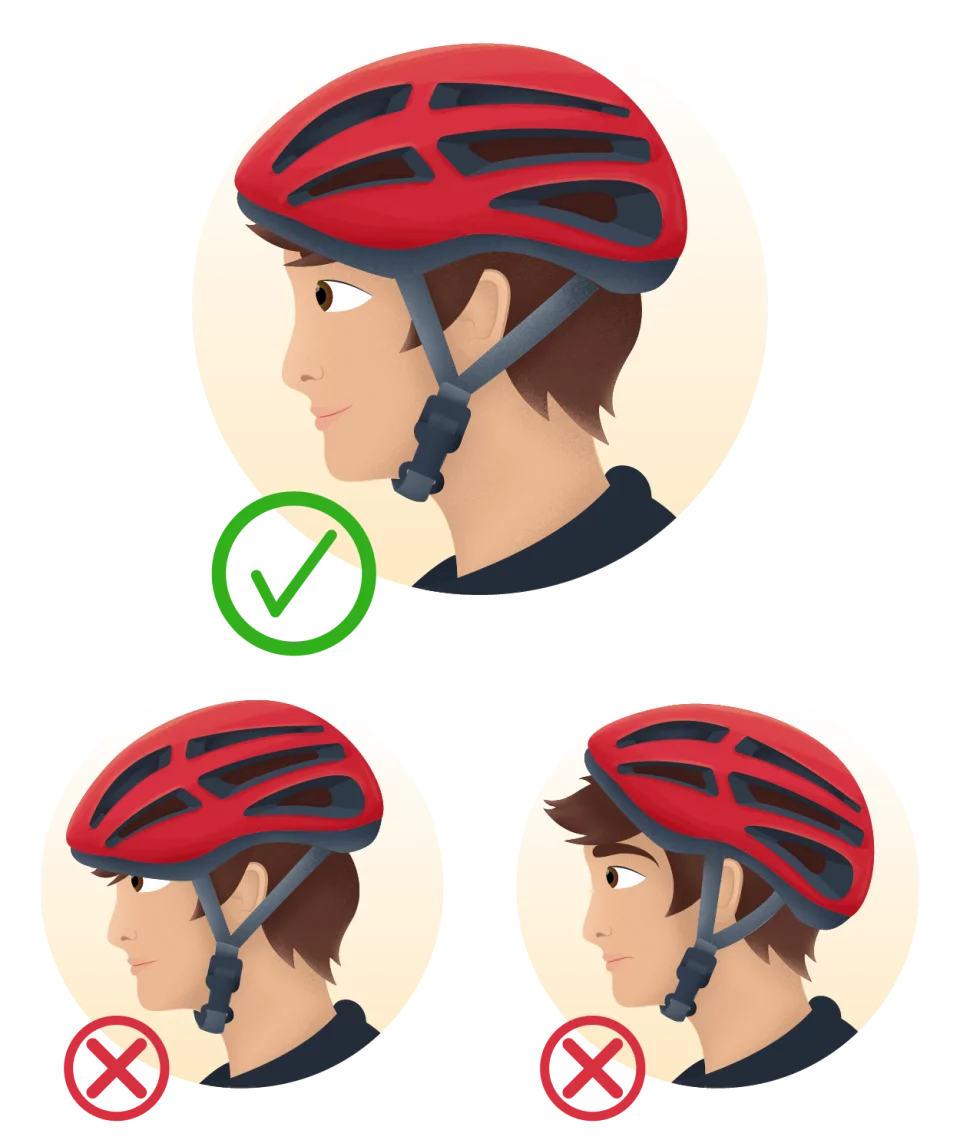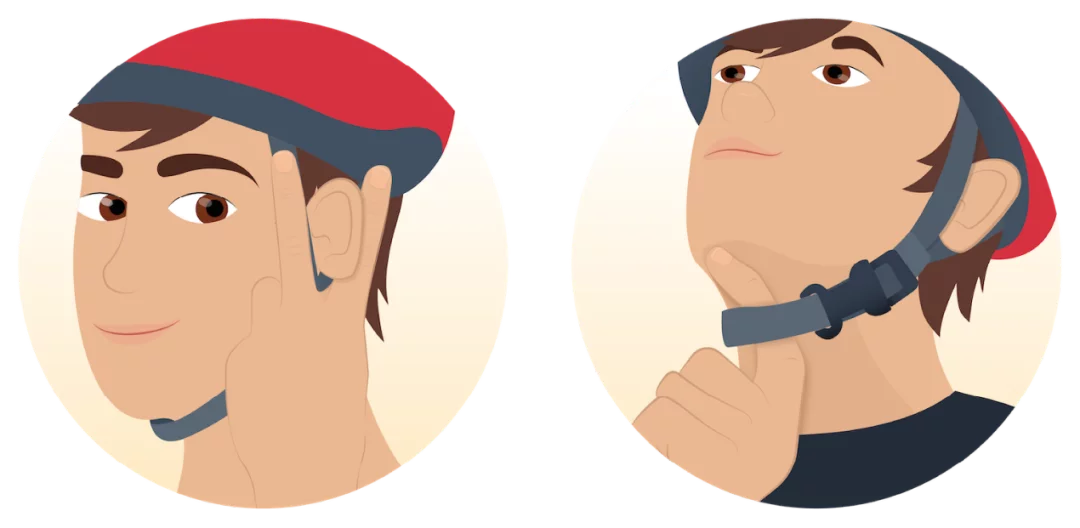May 18, 2021
Wearing a helmet - A life-saving choice!
Cycling in the sun is great, but with the right protection it's even better!
With milder temperatures and longer hours of sunshine approaching, it's only natural that outdoor physical activities are back in full swing. Among these physical activities, cycling is becoming increasingly popular.
An activity full of benefits
Cycling is a physical activity with many health benefits. Here are just a few of them:
- improved cardiovascular health ;
- reduced risk of diabetes;
- increased energy ;
- improved sleep quality;
- improved mental health.
Whether for recreation or commuting, cycling is an excellent way to stay healthy.
Vital protection
For all its benefits, cycling remains an activity during which you need to protect yourself properly: by following the rules of the road and using the right protective equipment. Among this equipment, there is one that is unfortunately still easily forgotten: the helmet.
In fact, almost half of all cyclists in Quebec do not wear a helmet. Even in regions where helmets are more popular, 30% of cyclists admit they don't wear them.
Some important statistics:
Between 2007 and 2016, head injuries contributed to nearly 60% of cyclist-related fatalities in Quebec. That's an average of 12 people per year.
Between 2009 and 2019, these injuries also contributed to nearly 30% of hospitalizations related to an incident involving a cyclist.
The simple act of wearing a bicycle helmet has been shown to prevent between 50% and 69% of head injuries among cyclists.
If the helmet fits properly, it can prevent up to 85% of head injuries.
This protective equipment could prevent up to 4 out of 5 head injuries if worn by all cyclists.
Helmets protect the head by...
absorbing shocks to prevent direct impact with the skull;
spreading the impact over a larger surface;
slowing down projection if the head is impacted, thanks to the foam inside the helmet.
How to fit a bicycle helmet
The size
This is the first aspect to consider when buying a helmet, since the proper functioning of the other 2 aspects (positioning and fit) depends on it.
Entry-level helmets are designed to fit the majority of the population, and feature an adjustment system that keeps the helmet securely in place. However, this type of helmet may not suit the shape or size of your head. Doing some research beforehand can help you find out which type of helmet would be best suited to your needs and tastes.

The position
For helmets to protect you properly, it's not enough to simply place them on your head and fasten them under your chin. Since a well-fitting helmet can go a long way to preventing head injuries, knowing how to position it correctly is very important.
The method for correctly positioning a bicycle helmet is quite simple. To place it correctly in the middle of your head, make sure that the front of the helmet is two fingers above your eyebrows. By placing the helmet in this position, it will be able to absorb the shock of an impact on both the front and back of your head.
What's more, if your helmet is adjustable - for example, it can be tightened by means of a wheel on the back - tighten it enough so that it fits snugly on the head even when the straps are not fastened. Of course, this adjustment is to ensure the helmet's stability, so you still need to fasten the straps.

Strap adjustment
Last but not least are the straps. Without them, the helmet is useless, inevitably falling off your head before it can protect you from any impact.
It's important to ensure that the straps to the left and right of your head are at the right angle, creating a V shape that doesn't touch your ears. Similarly, the strap under the chin should be snug and centered, but not so tight as to be uncomfortable. You shouldn't be able to put more than one finger between your chin and the strap.
Something to remember
For a fun and safe summer, remember to obey the rules of the road and always wear your helmet when cycling! Remember, too, that it's important to warm up before any physical activity, and to stay well hydrated at all times.
Of course, since accidents can happen to anyone, first-aid training can also make a big difference. To learn at your own pace with our 100% online trainings —> Our courses.
Article written by Arnaud Korth and Emilie Bedard.